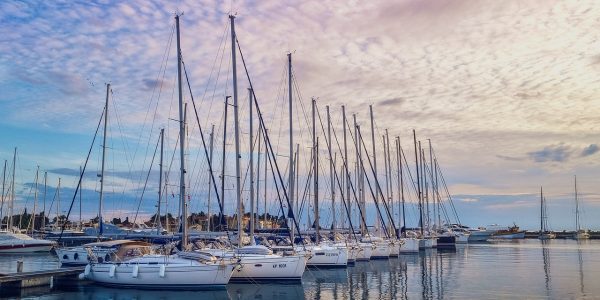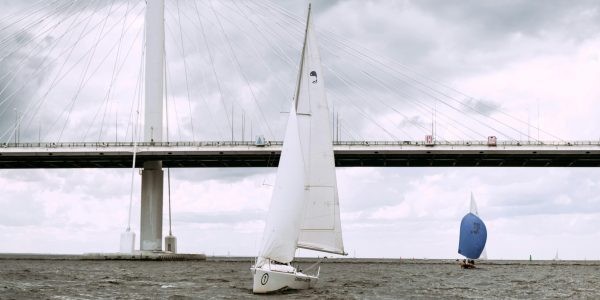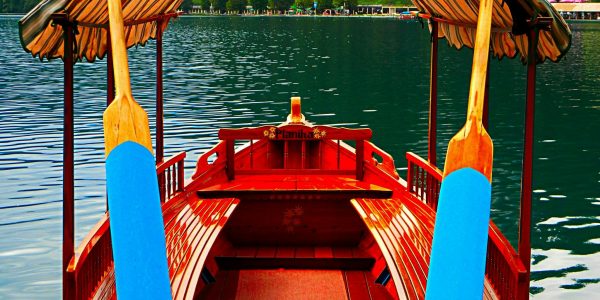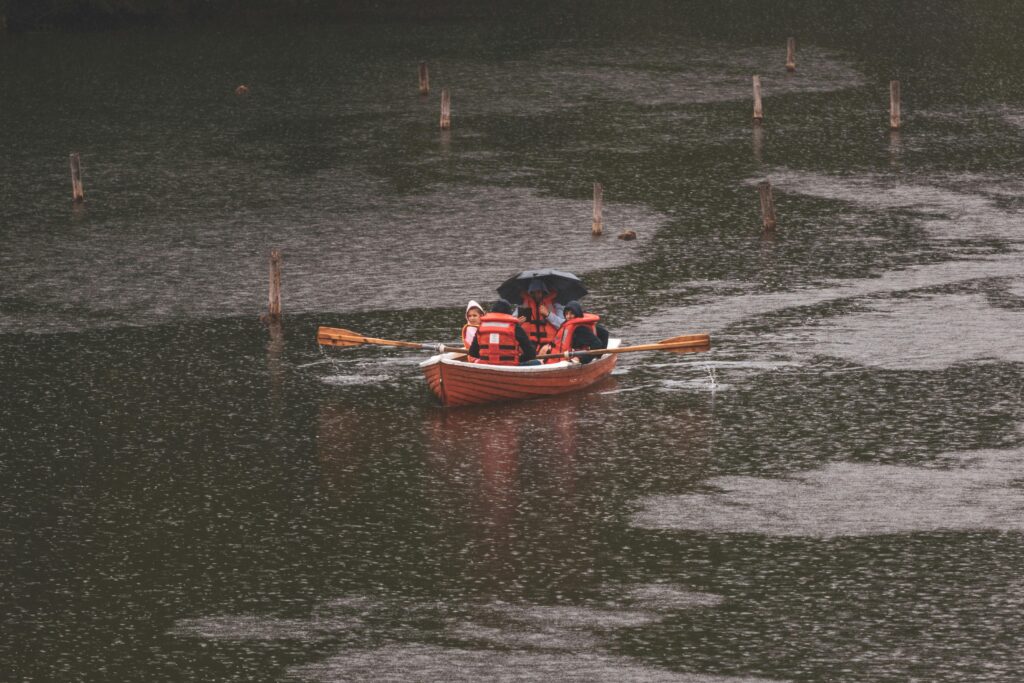Canoeing Holidays
Download a solid marine climate application that gives continuous updates on wind speeds, wave levels, tides, and tempest cautions.
Download a solid marine climate application that gives continuous updates on wind speeds, wave levels, tides, and tempest cautions.
Consistently have a contingency plan. In the event that the weather conditions changes while you're on the water, have a departure course outlined and know where to find safe harbors or protected regions close by.
Foreboding shadows not too far off, abrupt decreases in temperature, or expanding winds can all flag that terrible weather conditions is drawing closer. It's smarter to make a beeline for shore right on time than to risk getting found out in a tempest.
Well known applications incorporate Breezy, FishWeather, and NOAA Climate. Furthermore, boats drawing closer from the starboard (right) side regularly have the option to proceed.
Similarly as speeding is hazardous on streets, voyaging too quick on the water can prompt mishaps. Continuously notice speed limits, especially in no-wake zones, close to marinas, or while passing different boats or swimmers.
Sailing is like getting in that there are rules of the street to observe. Known as **"navigation rules"** or **"rules of the road,"** these rules are set up to forestall impacts and guarantee safe section on occupied streams.
Boaters are expected to do whatever it may take to stay away from crashes, regardless of whether it implies straying from the typical option to proceed rules.



Numerous nations require new boaters to pass a wellbeing course prior to getting a drifting permit. Remain alert, pay special attention to different vessels, and be ready to make an equivocal move if necessary. Red and green sidelights, alongside a white harsh light, are standard for most sporting vessels.
Liquor

Liquor utilization brings down your equilibrium and coordination, making it simpler to fall over the edge. Once in the water, even areas of strength for a may battle to remain above water. BUI is unlawful in many places and conveys extreme punishments, including weighty fines, detainment, and the possible loss of sailing honors. You can likewise confront expanded responsibility assuming you’re associated with a mishap while inebriated. Many spots have a blood liquor focus (BAC) cutoff of 0.08% for drifting. Remain underneath this cutoff to guarantee your wellbeing and the security of others on the water. Assuming you intend to drink, moor the boat early, or appreciate liquor after your sailing exercises are finished for the afternoon.
